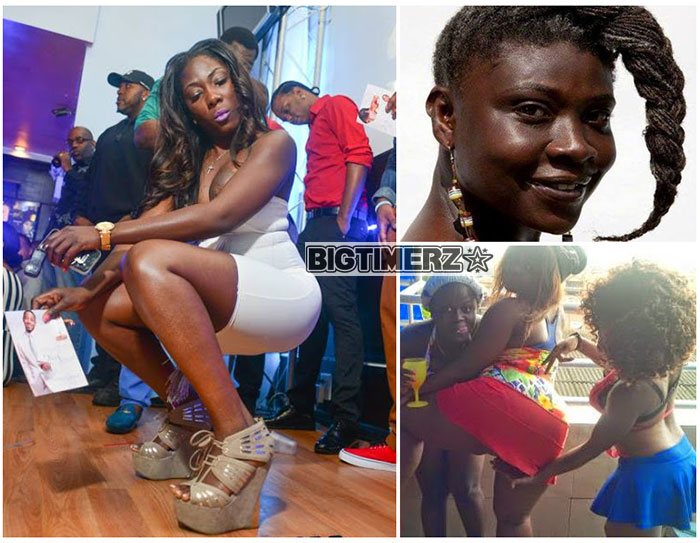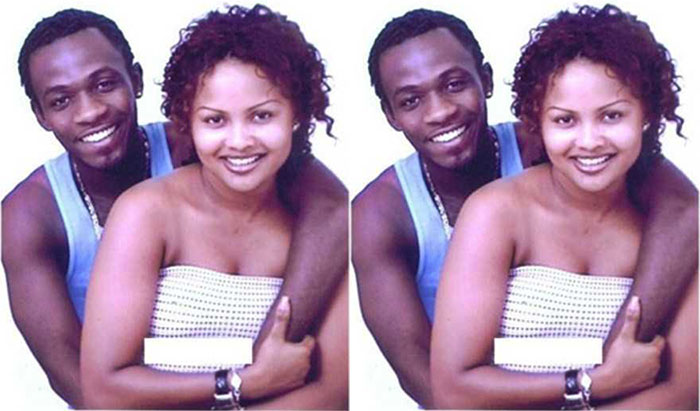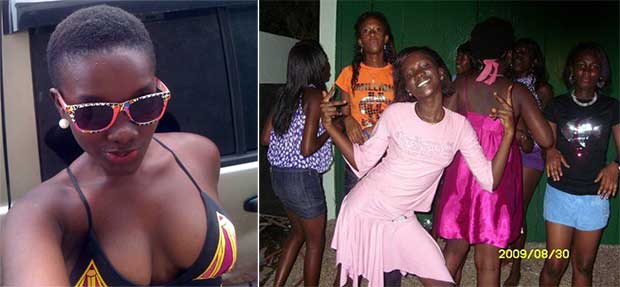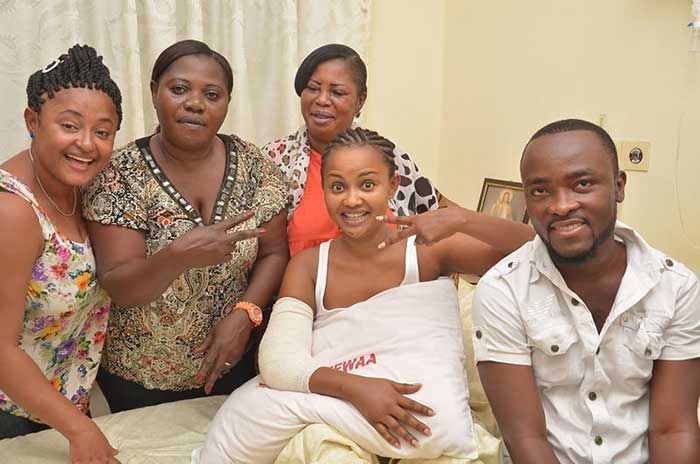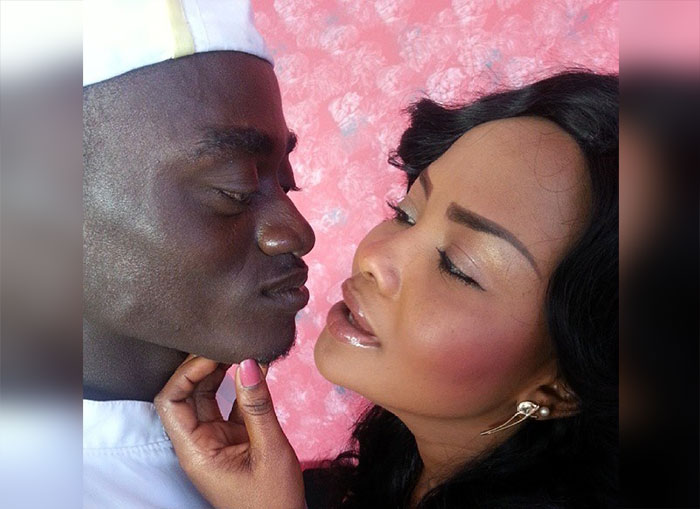Love Matters & Lifestyle

- Super User
- Category: Love & Lifestyle
- Saturday, 30 July 2016 11:37
4. Innie vs. Outie
Inverted ni’pples are fairly common. Anywhere from 10 to 20 percent of all women have them. An inverted ni’pple is caused by shorter-than-usual milk-bearing ducts in the br’east. Those ducts are attached to the ni’pple and, in these cases, prevent the ni’pple itself from projecting. So the ni’pple may lie flat or even push in a little rather than projecting out. Inverted ni’pples don’t pose any health risk, although they may be an obstacle to new mothers as they br’east-feed.
The easiest way to check whether your ni’pples are inverted is to gently pinch behind one, around the edges of the areola. If the ni’pple protrudes, it is not inverted. If your ni’pple is inverted it will actually retract into the br’east. If you have inverted ni’pples and are interested in correcting it, there are solutions. Gently rolling the nipple may do the trick. For pregnant women who need to correct inverted nipples for breastfeeding, check out a maternity shop for disks that attach to the ni’pples and are designed to be worn inside a bra. This simple device gently stretches the tissue and encourages the ni’pple to stand outward.
5. Evolutionary Awesomeness (or Trickery?)
Human females are the only mammals that develop br’easts and ni’pples that remain full and prominent, despite the fact that they are not lactating. Every other mammal only experiences prominent development during pregnancy and lactation. Scientists speculate that the human female’s full br’easts and erect ni’pples are a product of evolutionary development as species.
For other mammals, large breasts would be a sign that the female is lactating and not ovulating, and is therefore unavailable for procreation. Human females have developed ways of disguising when they are and are not fertile in order to confuse male mates and appear to be se’xually desirable even when they are not ovulating. But we’re also one of the few species that has s3x just for fun!
6. Triple Ni’pple
Every now and then, you’ll come across someone with an extra ni’pple – it’s not that uncommon! These “supernumerary” ni’pples are common in many species, including primates, rodents and ruminants. Guys have extra ni’pples more often than females; 1 in 18 males and 1 in about 50 females have extra ni’pples .
And a very select numbers of people have as many five or six ni’pples . Extra nipples usually run down the abdomen, along the milk line, but they have also been found on other locations, like on a person’s foot. Whether they’re big and bouncy or cute and pert, br’easts – and their ni’pples have a lot in common. But they’re also all a little bit different, and a little unique. That means you’ll have a little exploring to do, both with yourself, and with any new partner.
CREDIT: AP







